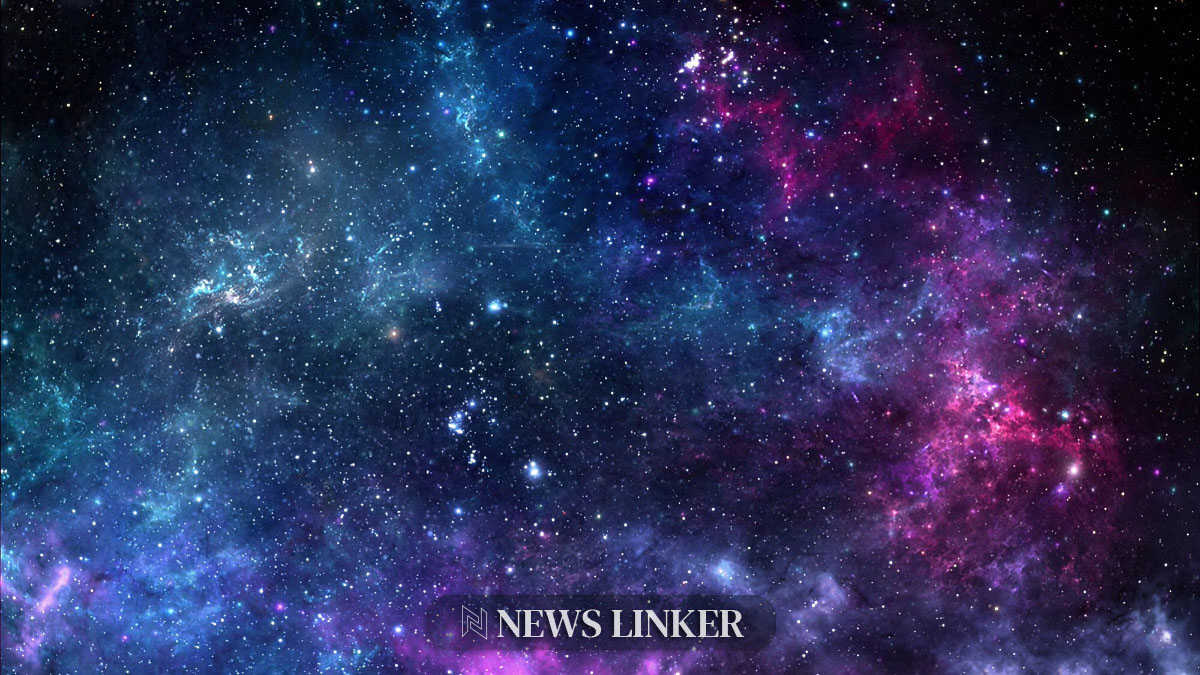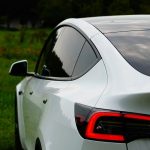The galactic center‘s energetic tumult is due to the colossal Sagittarius A* (Sgr. A*), a supermassive black hole around which stars perform a high-speed celestial ballet. In this densely packed orbital theater, stars frequently encounter each other, sometimes with forceful, altering impacts. The gravitational might of Sgr. A* propels these stars to incredible velocities, setting the stage for collisions that strip, disrupt, or even rejuvenate the stellar participants in this cosmic dance.
The vicinity of Sgr. A* has long been a focal point for astronomers, who have observed the high-speed interactions of stars in this unique region. Previous observations have noted the curious absence of certain types of stars, such as red giants, and peculiar features like the gas and dust clouds named G objects. These findings have raised questions about the influence of the central black hole on its immediate stellar environment and the types of celestial phenomena that occur within this crowded stellar hub.
What Drives the High-Speed Collisions?
In a paper titled “Stellar Collisions in the Galactic Center: Massive Stars, Collision Remnants, and Missing Red Giants,” published in the Astrophysical Journal, researchers from Northwestern University, including lead author Sanaea C. Rose from UCLA’s Department of Physics and Astronomy, offer insights into the hyperactive region. The study unveils that the combination of high stellar density and the massive gravitational pull of Sgr. A* accelerates stars to thousands of kilometers per second, leading to frequent and inevitable collisions.
Can Collisions Reshape Stellar Lives?
The simulations conducted by Rose and her team reveal that most collisions are not direct hits but rather grazing encounters. These events often result in the stripping of outer layers of the stars, producing unusual, low-mass stars that migrate away from the SMBH. The ejected material could potentially account for observed gaseous structures in the galactic center. Conversely, outside the core 0.1 parsec zone, lower-speed collisions allow stars to merge, forming more massive bodies that consume their fuel more rapidly and thus shorten their lifespans.
What Does This Mean for Galactic Evolution?
The research touches upon the dearth of red giants near the SMBH, suggesting that collisional dynamics could be a contributing factor. By providing a potential explanation for the missing red giants and other anomalous observations, the simulations contribute to a broader understanding of the complex processes at work in the galactic nucleus and the evolutionary history of the Milky Way.
Helpful Points:
- Collisions in the galactic center lead to the creation of stripped-down, low-mass stars and rejuvenated, more massive stars.
- The ejected material from these collisions could form the gas and dust features observed in the galactic center.
- The lack of red giants near Sgr. A* might be explained by the frequent collisions that prevent their formation.
The ceaseless interaction of stars in the vicinity of the Milky Way’s supermassive black hole offers a vivid glimpse into the dynamic processes shaping the galactic center. Through a delicate interplay of gravity and velocity, stars are subject to collisions that can strip them to their cores or merge them into larger entities. These violent encounters contribute to a unique stellar population and play a role in the evolution of the galaxy’s nucleus. The work by Rose and colleagues provides valuable insights into the mechanisms behind these events, illustrating the transformative power of our galaxy’s central monolith on its surrounding stars. For anyone intrigued by the cosmic ballet of the Milky Way, these findings shed light on the tumultuous life cycles of stars under the sway of a supermassive black hole.










